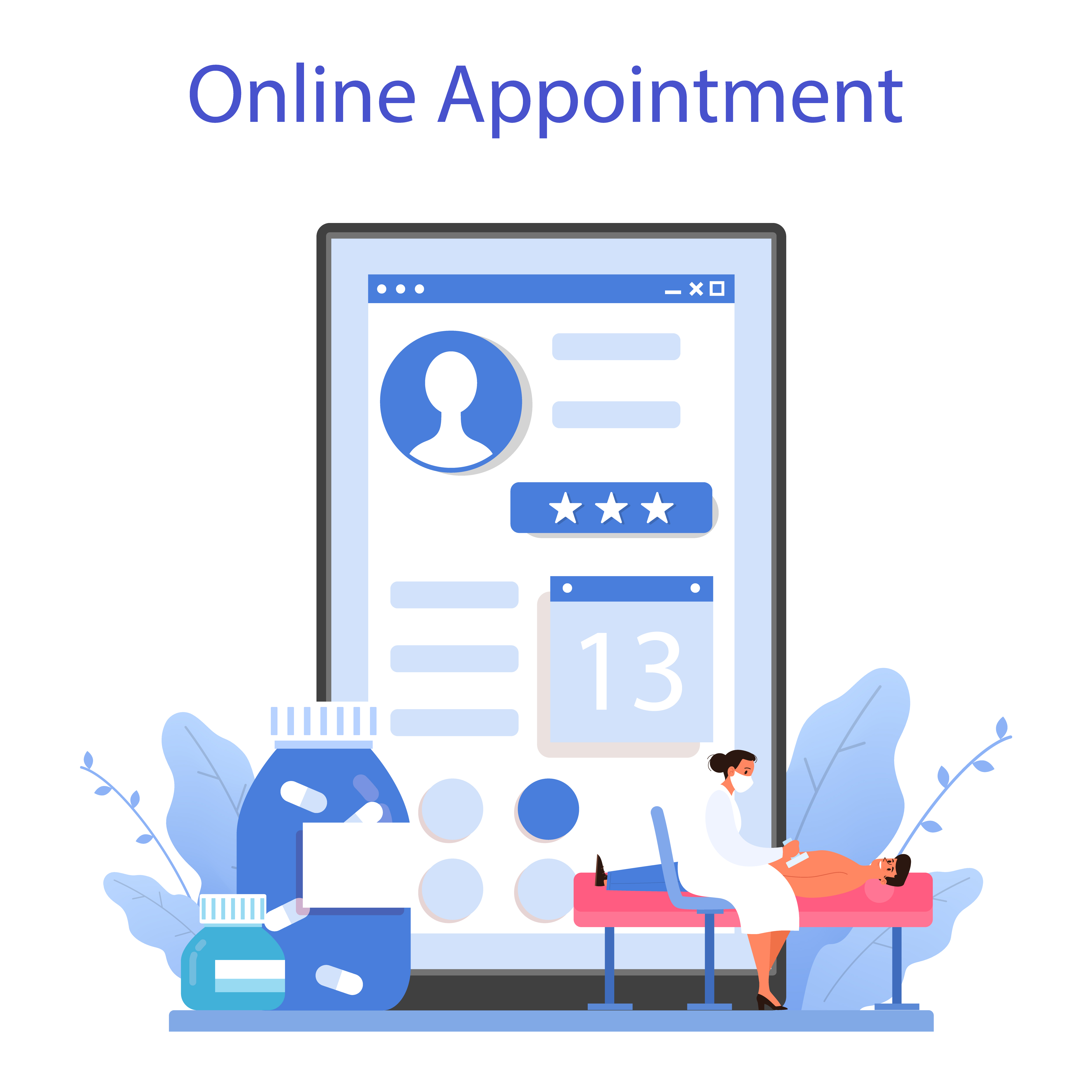01. The Challenge
Client: A leading global clinic network with over 300 locations worldwide. Problem Statement:The global clinic network faced significant challenges in providing consistent, high-quality customer service across all its locations.
- Inconsistent Patient Interaction: Patients experienced varying levels of service quality depending on the location and availability of staff.
- High Operational Costs: Staffing for 24/7 customer support was expensive, especially in multiple time zones.
- Scalability Issues: Rapid expansion plans required a scalable solution to maintain service quality.
- Patient Information Management: Efficiently managing and retrieving patient information and appointment schedules was cumbersome.
02. The Solution
Project: Integration of an AI-powered LLM-bot based on ChatGPT-4.
Objectives:
- Standardize patient interaction quality across all locations.
- Reduce operational costs by automating routine inquiries and support tasks.
- Enhance scalability to support the network’s expansion plans.
- Improve patient information management for quicker and more accurate service delivery
Implementation:
- Assessment and Planning:
- Conducted a thorough assessment of the existing customer service workflow.
- Identified key areas where AI could provide the most value.
- Developed a detailed integration plan to minimize disruption during rollout.
- Development and Customization:
- Customized the ChatGPT-4 model to understand medical terminology and clinic-specific protocols.
- Integrated the bot with the clinic’s existing CRM and appointment scheduling systems.
- Ensured compliance with healthcare regulations and data privacy standards (e.g., HIPAA).
- Deployment and Training
- Deployed the AI bot across all digital touchpoints, including the clinic’s website, mobile app, and social media platforms.
- Trained staff on interacting with the AI system and managing escalated issues.
- Launched a patient education campaign to introduce the new AI service and explain its benefits.
- Monitoring and Optimization
- Implemented continuous monitoring to track performance and patient satisfaction.
- Collected feedback from patients and staff to identify areas for improvement.
- Regularly updated the AI model to refine its responses and capabilities based on real-world interactions.
03. The Result
- Improved Patient Experience: Achieved a 40% increase in patient satisfaction scores due to consistent and prompt service.
- Operational Efficiency: Lowered operational costs by 30% through reduced dependency on live staff for routine inquiries.
- Scalability: Supported the clinic’s expansion into 50 new locations without compromising service quality.
- Enhanced Data Management: Improved accuracy and speed of patient information retrieval, leading to better service delivery.

.jpg)




%20(1).png)


.jpg)

